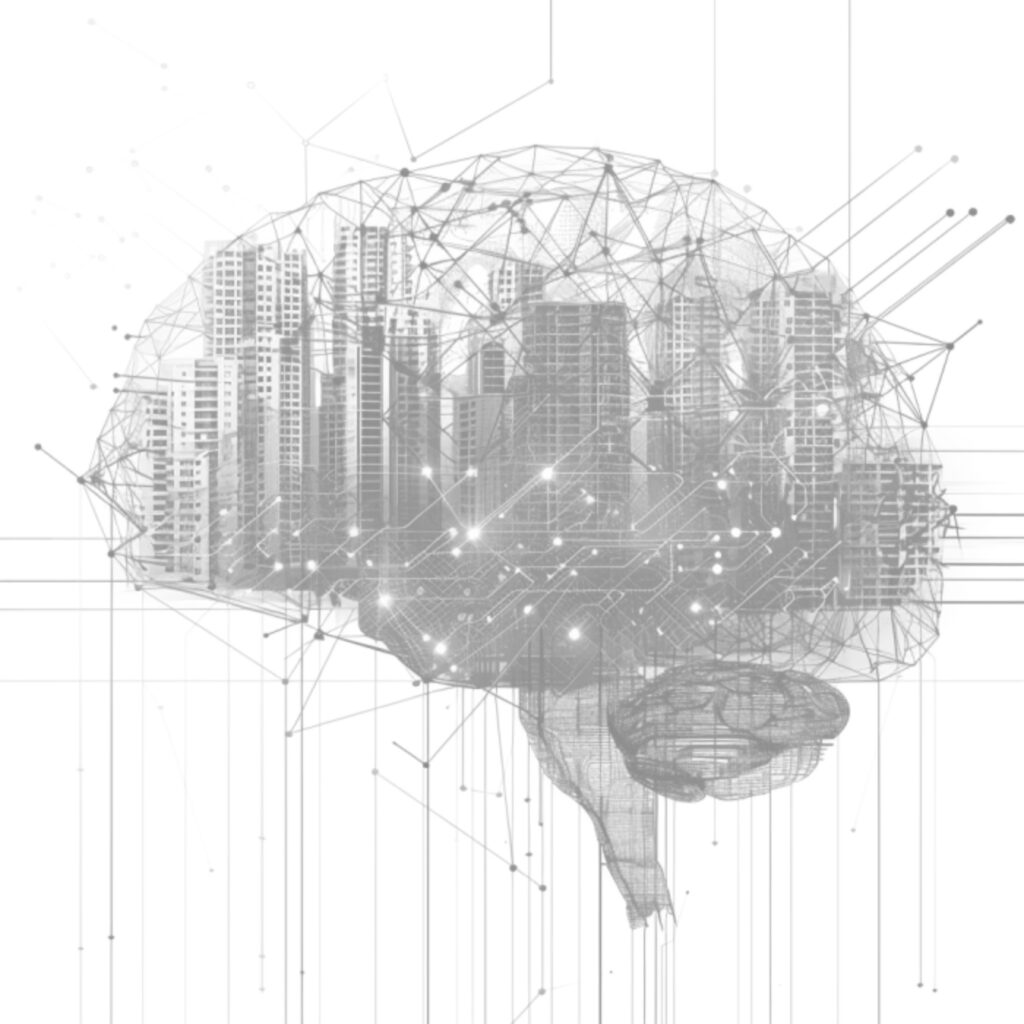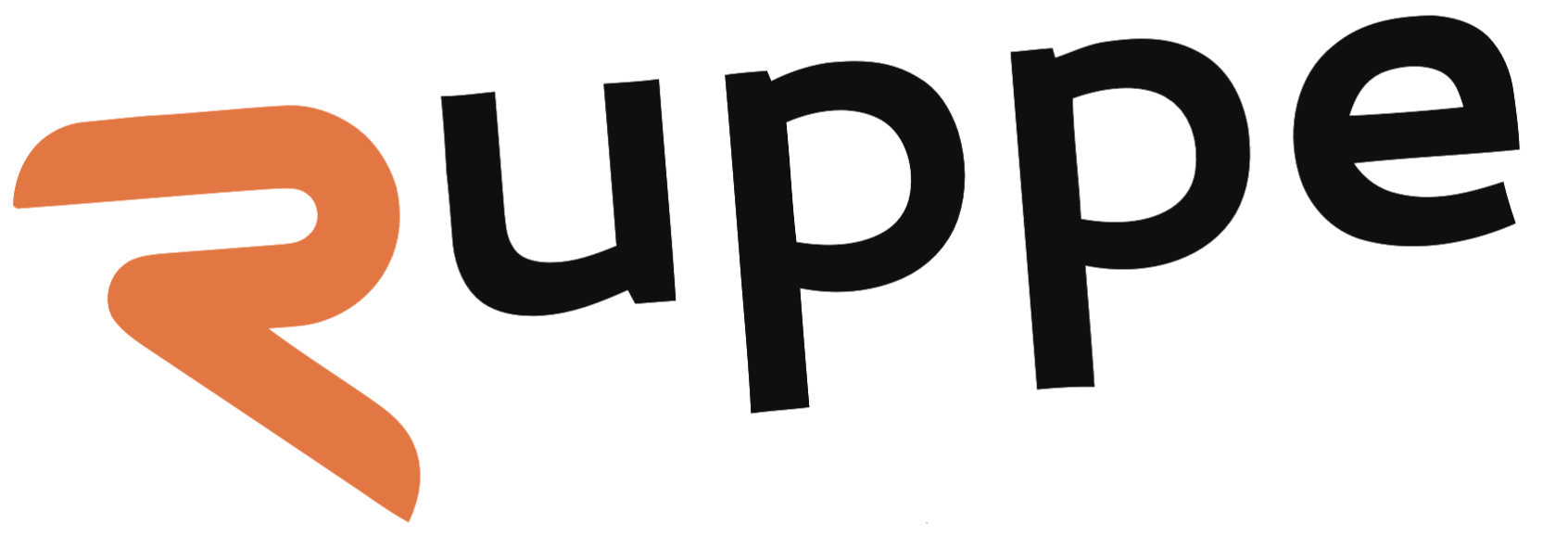The integration of Artificial Intelligence (AI) holds tremendous promise for transforming maintenance operations, fostering collaboration, and elevating employee engagement within the real estate and facility management sector. By harnessing AI technologies, organizations stand to revolutionize traditional practices and unlock new efficiencies.
In our recent table discussion focused on exploring the potential of AI in our industry, participants raised thought-provoking questions that shed light on the profound implications of AI adoption. For instance, discussions centered around how AI-powered predictive maintenance could optimize building operations or how AI-driven analytics might enhance space utilization and employee productivity.
Maintenance
Our table discussion explored the transformative potential of AI in maintenance operations within the commercial real estate (CRE) and facility management (FM) sector. Participants emphasized AI’s pivotal role in predictive maintenance and risk management, envisioning a future where AI-driven insights facilitate proactive decision-making and mitigate potential disruptions. Examples such as predicting equipment failures and optimizing resource allocations underscored the profound impact AI could have on operational efficiency and resilience. Furthermore, there was consensus on the importance of empowering maintenance teams with real-time data and actionable insights through AI to enable proactive issue resolution.
Workplace
Central to our discourse was the question of whether individuals would entrust AI to dictate their work environments and practices. While acknowledging AI’s capacity to streamline processes and optimize space utilization, concerns were raised regarding the need to balance personal preferences and organizational objectives. Our participants emphasized the importance of understanding the purpose of office space and underscored that a one-size-fits-all approach might not suffice to deliver all needs.
Would you allow AI to tell you where to sit and how to work?
AI Learning & Biases

Our discussion underscored the evolving nature of technology and the imperative for continuous learning and adaptation, particularly in the realm of AI. While AI is remarkably capable at identifying patterns, it may inadvertently reinforce patterns that a company seeks to avoid. For example, if an AI algorithm is trained on historical hiring data that contains biases, it may perpetuate those biases by recommending candidates who fit the same demographic profile. Despite efforts to address bias in the training data, AI systems can still produce biased outcomes by itself, highlighting the need for ongoing vigilance and mitigation strategies to unlearn unwanted AI behaviors or even biases.
Additionally, our group emphasized the significance of design thinking in the development and implementation of AI solutions. This approach prioritizes iterative refinement, focusing on user-centric design, training, and continuous improvement. For instance, by involving diverse stakeholders in the design process and soliciting feedback from end-users, organizations can create AI systems that better align with user and organisational needs and preferences.
BIAS: IS A TENDENCY TO FAVOR ONE PERSPECTIVE, INDIVIDUAL, OR GROUP OVER OTHERS, OFTEN RESULTING IN UNFAIR OR UNBALANCED DECISIONS OR ACTIONS.
CHANGE MANAGEMENT
Furthermore, the critical role of change management in facilitating successful AI implementation within organizations was highlighted. Change management (CM) involves planning and executing strategies to help employees adapt to and embrace changes. Specifically, change management initiatives can include comprehensive communication plans to inform employees about the benefits, as well as providing training and support to help them develop the skills necessary to effectively work with AI technologies. By involving employees in the process and addressing their concerns and uncertainties, the employee acceptance towards changes will rise.
Moreover, change management can help mitigate resistance to change and minimize disruptions to workflow, ultimately enhancing organizational productivity and efficiency. By prioritizing change management alongside technical implementation efforts, organizations can maximize the success of their AI initiatives and ensure smooth transitions towards a more AI-driven future
SUMMARY
Our discourse surrounding the integration of AI in Facility Management underscored both the transformative potential and the inherent challenges associated with leveraging AI-driven insights. While AI holds promise in enhancing collaboration, optimizing operations, and driving innovation, its implementation necessitates careful consideration of ethical, cultural, and practical implications.
By embracing a holistic approach that prioritizes transparency and continuous learning, stakeholders can harness the full potential of AI to navigate the complexities of the modern workplace and facility management landscape. We anticipate AI to have a more substantial impact on our industry than what we witnessed with the pandemic.
